|

When it comes to academic research, it's often expected that new papers should offer novel content or discoveries. For high school students, this raises a key question: Is it possible to conduct meaningful research without introducing new experimental data or groundbreaking theories? Let’s explore how high school students can indeed carry out significant research using existing public data, and why it's not just feasible but also valuable. We'll base our discussion on examples from high school journals.
Conducting Research Using Existing Data Many high school research papers focus on analyzing existing data rather than generating new experimental data. You might wonder, is it truly possible to produce meaningful results with such an approach? The answer is a confident "Yes!"
Today, we’ll look at how using "Public Data" can lead to significant research findings. We’ll explore a specific example of high school research published in a high school journal to illustrate this point. By the end of this article, you’ll understand how to leverage public data for meaningful research and gain insights into high school research basics and formatting.
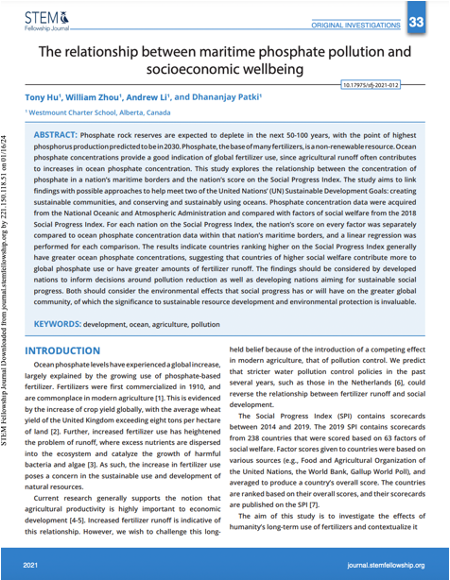
Research Topic and Purpose Having a clear research topic and purpose is crucial for structuring a paper effectively. For example, a research paper might focus on the relationship between "Maritime Phosphate Pollution" and "Social Well-being." Such a topic, though seemingly unrelated, can yield valuable insights.
The author of this high school research paper selected this topic to address two United Nations Sustainable Development Goals, 'Building Sustainable Communities' and 'Conservation and Sustainable Use of Marine Resources'. The research aims to explore the correlation between phosphate concentrations and the Social Progress Index (SPI).
Research Methodology After defining the research topic and purpose, setting up a hypothesis and designing the research methodology are the next steps. In this case, the hypothesis might involve analyzing the relationship between phosphate levels and social development indicators. The research uses two primary types of data, 'Phosphate concentration data by region' and 'SPI data'. Using existing public data for research, especially for global datasets, is both practical and common.
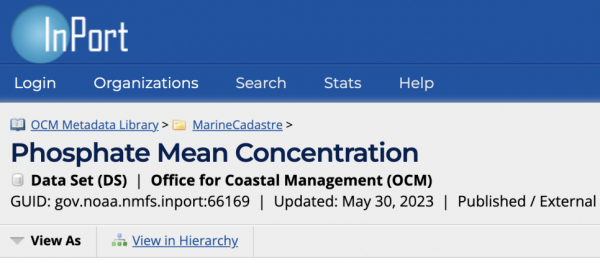
For instance, the student used data from the National Oceanic and Atmospheric Administration (NOAA) to analyze global phosphate concentrations. This is a standard approach known as secondary research.
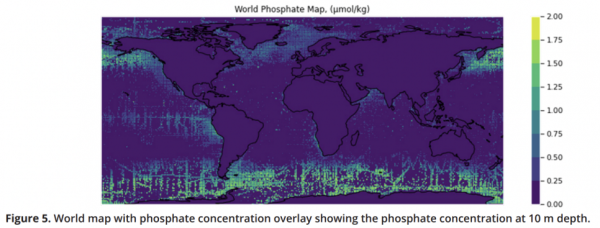
Data Analysis and Results The analysis involves examining the correlation between SPI and phosphate concentrations.
The findings include: - Positive correlations with factors like quality of electricity supply and years of tertiary schooling. - Negative correlations with factors like gender parity in secondary enrollment and homicide rates.
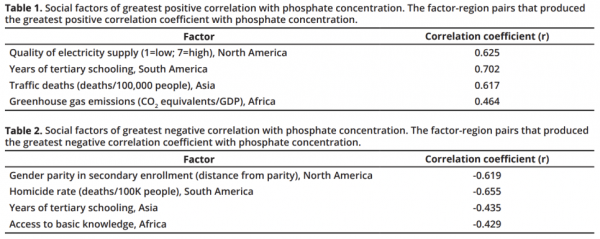
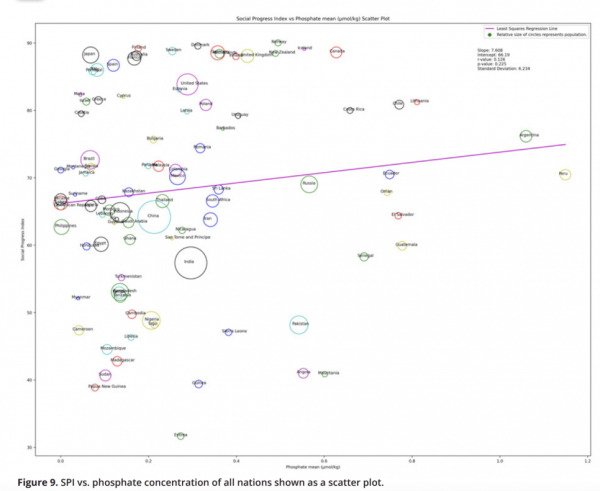
These results are presented using statistical techniques and visualizations, showing meaningful relationships derived from public data.
Research Conclusion In the conclusion, the paper summarizes the findings and discusses their implications. The study revealed that higher SPI countries tend to have higher phosphate levels, indicating a need for considering the impact of social development on global issues.
Key Takeaways 1. Formulate a clear topic and objective. 2. Use established datasets to test hypotheses. 3. Analyze and visualizing data effectively. 4. Draw meaningful conclusions that address broader questions.
By understanding and applying these principles, high school students can produce valuable research papers that contribute to academic discourse, even without generating new experimental data. |
 Click here to book
Click here to book